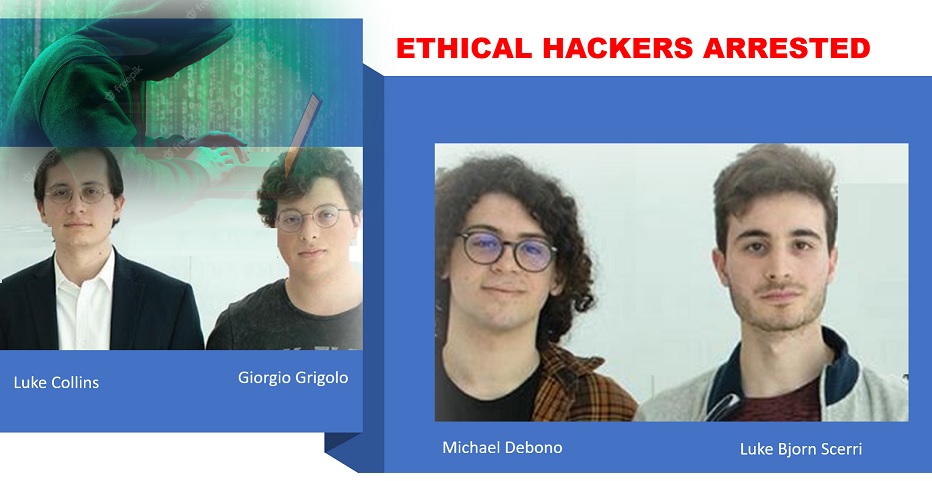An advanced persistent threat (APT) is a stealthy threat actor, typically a nation state or state-sponsored group, which gains unauthorized access to a computer network and remains undetected for an extended period. In recent times, the term may also refer to non-state-sponsored groups conducting large-scale targeted intrusions for specific goals.
Such threat actors’ motivations are typically political or economic. Every major business sector has recorded instances of cyberattacks by advanced actors with specific goals, whether to steal, spy, or disrupt. These targeted sectors include government, defense, financial services, legal services, industrial, telecoms, consumer goods and many more. Some groups utilize traditional espionage vectors, including social engineering, human intelligence and infiltration to gain access to a physical location to enable network attacks. The purpose of these attacks is to install custom malware (malicious software).
The median “dwell-time”, the time an APT attack goes undetected, differs widely between regions. The mean dwell-time for 2018 in the Americas as 71 days, EMEA as 177 days, and APAC as 204 days. Such a long dwell-time allows attackers a significant amount of time to go through the attack cycle, propagate, and achieve their objective.











